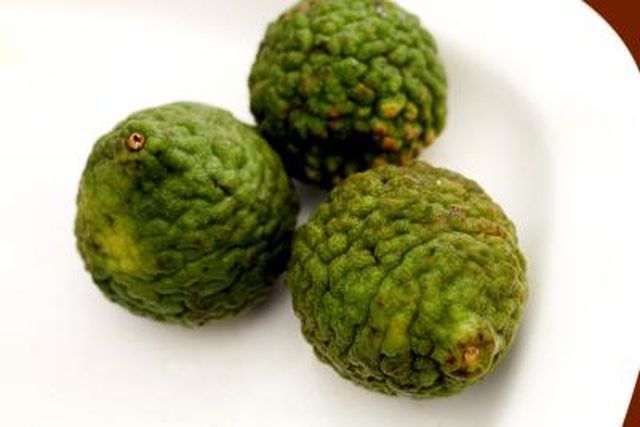Bulbs
Flower Basics
Flower Beds & Specialty Gardens
Flower Garden
Garden Furniture
Garden Gnomes
Garden Seeds
Garden Sheds
Garden Statues
Garden Tools & Supplies
Gardening Basics
Green & Organic
Groundcovers & Vines
Growing Annuals
Growing Basil
Growing Beans
Growing Berries
Growing Blueberries
Growing Cactus
Growing Corn
Growing Cotton
Growing Edibles
Growing Flowers
Growing Garlic
Growing Grapes
Growing Grass
Growing Herbs
Growing Jasmine
Growing Mint
Growing Mushrooms
Orchids
Growing Peanuts
Growing Perennials
Growing Plants
Growing Rosemary
Growing Roses
Growing Strawberries
Growing Sunflowers
Growing Thyme
Growing Tomatoes
Growing Tulips
Growing Vegetables
Herb Basics
Herb Garden
Indoor Growing
Landscaping Basics
Landscaping Patios
Landscaping Plants
Landscaping Shrubs
Landscaping Trees
Landscaping Walks & Pathways
Lawn Basics
Lawn Maintenance
Lawn Mowers
Lawn Ornaments
Lawn Planting
Lawn Tools
Outdoor Growing
Overall Landscape Planning
Pests, Weeds & Problems
Plant Basics
Rock Garden
Rose Garden
Shrubs
Soil
Specialty Gardens
Trees
Vegetable Garden
Yard Maintenance
How to Pollinate Cherimoya
How to Pollinate Cherimoya. Growing in U.S. Department of Agriculture plant hardiness zones 9 and 10, cherimoya (Annona cherimola) flowers in solitary blooms -- sometimes in groups of two or three -- on short, hairy stalks. Blooms have fleshy green outer petals and small pink inner petals. The flower contains both female and male organs, but they...

Growing in U.S. Department of Agriculture plant hardiness zones 9 and 10, cherimoya (Annona cherimola) flowers in solitary blooms -- sometimes in groups of two or three -- on short, hairy stalks. Blooms have fleshy green outer petals and small pink inner petals. The flower contains both female and male organs, but they mature at different times. They go through two stages in about two days -- as a female flower for the first 36 hours, then as a male flower for the remaining time. Because the female and male organs are not well-suited for natural pollination, hand pollination is necessary. Blooms appear with new growth and continue until midsummer, making hand pollination possible over a period of two to three months.
Things You'll Need
Small bottle
#2 or #3 artist brush
Examine trees in midseason of bloom, about two hours before sunset in the early evening or an hour before noon. Look for upright male flowers that are open and have petals separating all the way. The flowers are ready if the anthers, the center that produces pollen, are loose, have a creamy color and white pollen on them.
Hold a small bottle directly underneath the flower, positioning it as close to the flower as possible without blocking access to the anthers. Brush off the anthers into the bottle with a small artist brush made of organic hairs, making sure the tiny dusts of pollen fall off the anthers and into the bottle. Repeat the process with as many flowers as needed.
Look for female flowers that are not fully open at the bottom, causing the stigma, the center of the flower, to be hidden. Open the flower gently to see if the anthers are compressed together and have no pollen. If there are no female flowers, seal the bottle, store it in the refrigerator, then look for female flowers the next morning.
Dip the brush into the bottle of pollen. Hold the flower petals apart gently, and brush the pollen against the stigma, which is at the bottom center of the bloom. Remove the brush from the flower.
Snap off the tip of one or two petals to mark the flower, so you know it was pollinated. Continue pollinating the female flowers, selecting flowers that are easily reachable and inside the tree to prevent sunburned and wind-damaged fruit. Repeat the process for four to five days.